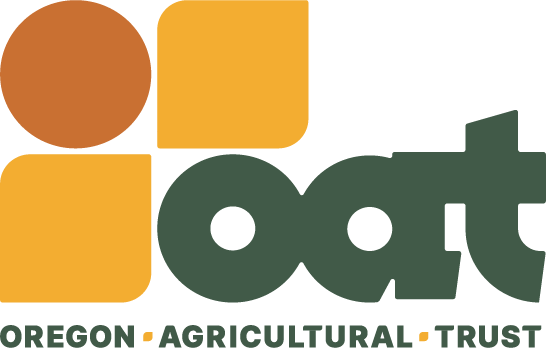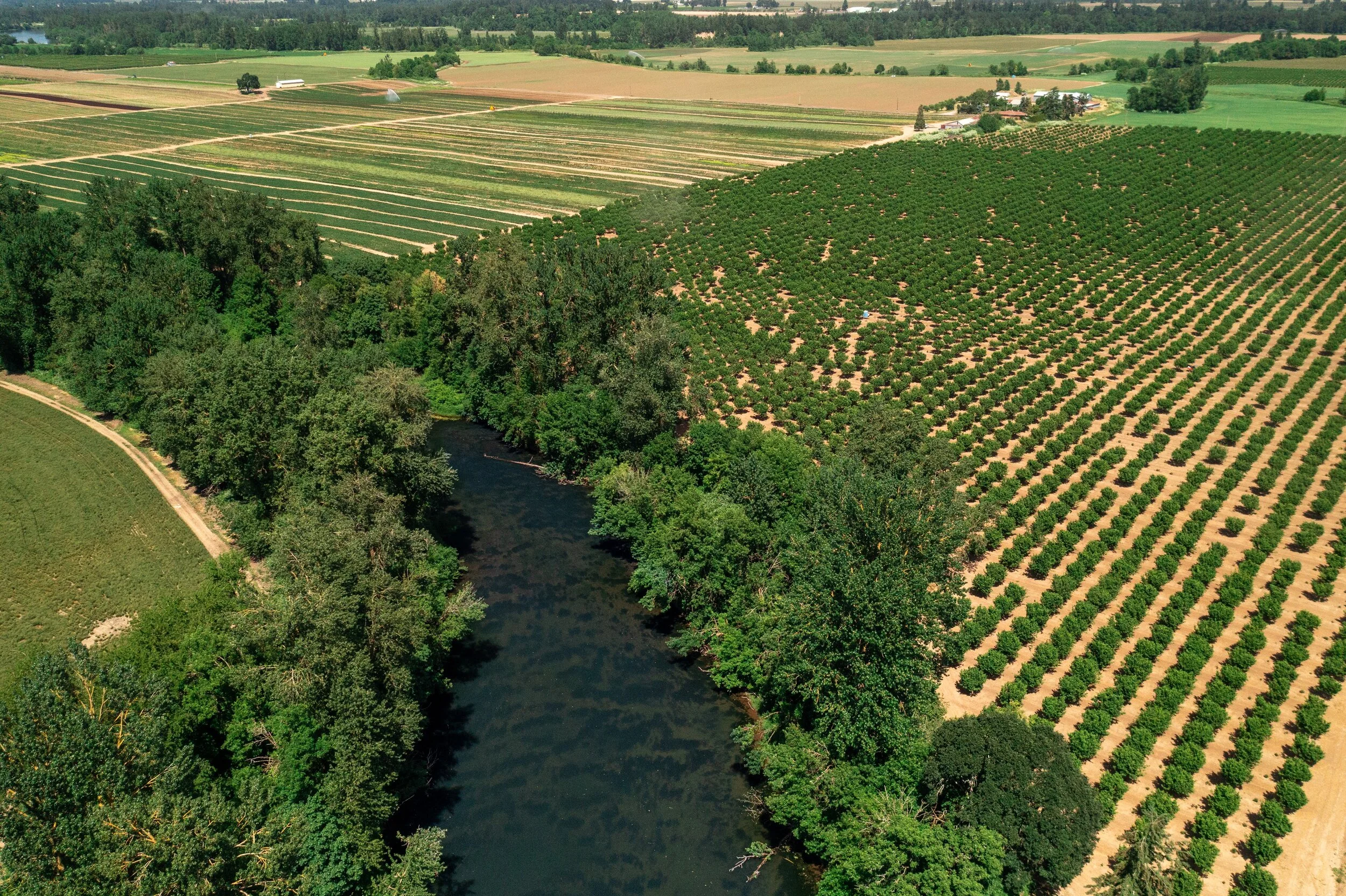By Javier Lara, Anahuac Program Manager and OAT Board member
The first time I crossed the border, I was confronted with an imaginary line, since transformed into a literal wall steadfast on halting human passage. Perhaps for some this could be a given, a matter of course. “At the very least,” you may think, “borders are necessary to protect this country’s way of life and autonomy.” But, whose lifestyle, now I wonder? But for me, then, that first encounter twenty-nine years ago was not only troubling but terrifying. I couldn’t begin to process how an unseeable line could inflict so much suffering and make it so that, by merely crossing it, we were jeopardizing our lives. Once here, I moved up and down the West Coast and Pacific Northwest, beholden to the rotating harvests and changing seasons. My fellow laborers, campesinos (farmworkers) guided me and facilitated my survival in the painful and destitute life of a monoculture farmworker. We saw so many colors in the repeating cycle of working and moving: we started with the soft green of the asparagus harvest, then the lively reds of southern California strawberries, and our year culminated with the many shades of green and red found in the delicious apples of Washington.
In my time following wherever work led, I came to learn of the endless stories that campesinos in this society have to share. Oddly, I came to realize that the farmworker communities were living their own fictions too, isolated from the outside world in communities of 50, 100, or more for potentially months at a time (as was the case with asparagus). For many this is the only livelihood they know, but at what cost? I discovered that we have more to contribute to society at-large than our muscle- and hand-power. And I grappled with the rich cultural heritage and tradition to be found in these communities―a tradition attuned to the Earth in ways foreign to most. These practices were handed down orally and experientially through the generations.
It is this simple and profound relationship between the Earth and those that inhabit her that inspired the creation of Anáhuac at the Capaces Leadership Institute in conjunction with the Farmworker Housing Development Corporation (FHDC). Anáhuac is no fiction; it is an assemblage of ancestral knowledge and practices, and an effort striving toward a harmonious coexistence among living things. It is a source of inspiration, in part, because many of the agricultural laborers in this country and northern México (and more recently Canada, too) are indigenous people from the south of México. Many, in fact, either do not speak Spanish and/or have limited proficiency in the language, instead speaking a native language. Conscious of this, I designed the Anáhuac Program in such a manner so as to interact directly with the campesino community and to create spaces in which children, youth, and adults can come together to share their stories―rich, personal and powerful―and pass it on to the next generation. And I learned that the best way to accomplish this is through the Earth, art, and culture (see our stories at: https://www.facebook.com/anahuacprogram/).
This relationship is built by beginning with a simple ceremony―one that both asks for permission and extends thanks to the Earth for everything it has and will give us―then we cover plant rearing and cultivation of traditional vegetables with the youth and the adults of the community. We relate the Earth and ancestral plants to the identities of the children so that they may keep alive their cultural inheritance. Moreover, we foster this cultural identity through traditional dishes. In short, once the crops are grown, harvested, and the seeds kept, the community reaps the benefits of their labor through food and convivial gatherings; this way, the relationship between the Earth and tradition is not just kept alive but thrives.
When I first came to learn of Oregon Agricultural Trust (OAT), I was inspired by how its leadership believes in and maintains relationships, and adopts an open-minded vision. As an Oregonian, it moves me because I know that, as a collective, we form a tight knit community that stands with each other. The FHDC has a door open so these families could practice and expand their knowledge, provides them with resources, and a piece of land so that the community garden may be a reality and resounding success. Capaces Leadership Institute (CLI) has allowed me to give workshops, lend resources, and build a traditional kitchen as well as a greenhouse. Together, these organizations, families, youth, and myself have managed to give rise to a freer and more independent community―one very different from the communities I came to know throughout California, Oregon and Washington.
But this is only the beginning. Now, I’m on the executive board of OAT because I believe that we are in this together and that our diversity brings us closer to what’s truly real―not fiction. Change will come from within the farm working community. I dream of seeing a day in which children born in Oregon to campesino families don’t work the earth as agricultural labor, but as Oregon farmers. And it’s possible. The future is unforeseeable. I could never have dreamt of going from crossing an imaginary line, working the land, surviving paycheck to paycheck to one day heading an initiative like Anáhuac and living my traditions somewhere thousands of miles away from my place of origin, a Nahua community in Guerrero, México. It is my firm belief that together, ¡Sí se puede!







